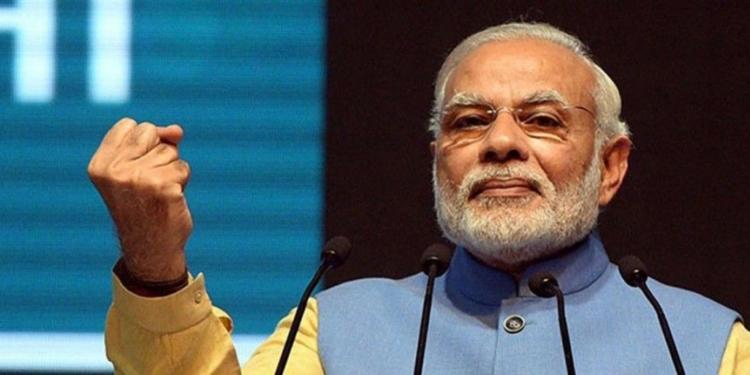The debate on jobs in the country is completely polarized across the political blocks. The discussion is not backed by hard and transparent data and therefore nothing substantial which could help in policymaking is coming out. The opinion-making (journalists, writers, and academic) class of India has been inclined to a particular ideology (read socialism) for long. This intellectual class has parroted and perpetuated biased thoughts ad nauseam and it binds debate and discussion to a particular set of ideas without testing them on empirical evidence. The socialists and communists who dominated Indian universities and media since the 1970s didn’t give space to the ‘other side’ of the narrative. These pseudo-intellectuals were more committed to their ‘ideological cause’ than evidence-based research to shape public policy.
The new breed of researchers, educated in a post-liberalization era no longer carries the same ideological burden. This new set of ‘policy analysts’ has busted many myths and propaganda of left-liberal cabal. One such researcher in Shamika Ravi, member of PM’s Economic Advisory Council and senior fellow at the Brookings Institution, is one of this ‘new breed’ of researchers who are constantly debunking the socialist and communist propaganda. She analyzed the employment survey of the government and came up with some interesting findings.
As per the article published by her on Bloomberg, the industry-friendly states with market-oriented economic policies have lower rates of unemployment. The unemployment is negatively correlated to the ranking of the states in Ease of Doing Business. The Labor Force Participation Rate (LFPR) and the unemployment rate are higher among the states like Kerala, and Tripura, which have been ruled by Communist or Congress party for decades. The unemployment rate for Chhattisgarh (1.9 percent), Karnataka (1.5 percent) and Gujarat (0.9 percent) is lower compared to Kerala (12.5 percent), Tripura (19.7 percent).
The same is true for female unemployment which is as high as 30 percent for the state of Kerala while Karnataka, Chhattisgarh and Gujarat it is 2 percent, 1.8 percent, and 1.1 percent respectively. “If all that should persuade politicians from all parties of the need to focus on eliminating red tape and promoting investment-friendly policies, the numbers also contain sobering lessons for new job-seekers,” wrote Shamika Ravi.
One unique trait in India as witnessed in many previous survey higher unemployment rate among educated youth. In most of the countries around the globe, employment is positively related to the level of educational achievement while in India correlation is negative. There is a wide gap between the unemployment figure of educated youth and relatively uneducated youth population. 35 percent of educated youth are unemployed compared to only 6.2 percent among uneducated youth. According to Shamika Ravi, “The gap probably says something about the quality of the jobs being created, with most involving mundane or repetitive tasks. It also says something about the quality of Indian education: Too many engineers and other professionals are waving around degrees that are relatively worthless.”
Higher education raises the expectation of better employment opportunities. But the problem is that there are not too many well-paying formal jobs and even if there are some, the graduates do not have the necessary skills to do these jobs. She also asked the youth to “think harder about whether a vocational education would serve them better than a fine-sounding degree.” The research by Shamika Ravi could be used to prepare the blueprint for tackling unemployment issue.


































